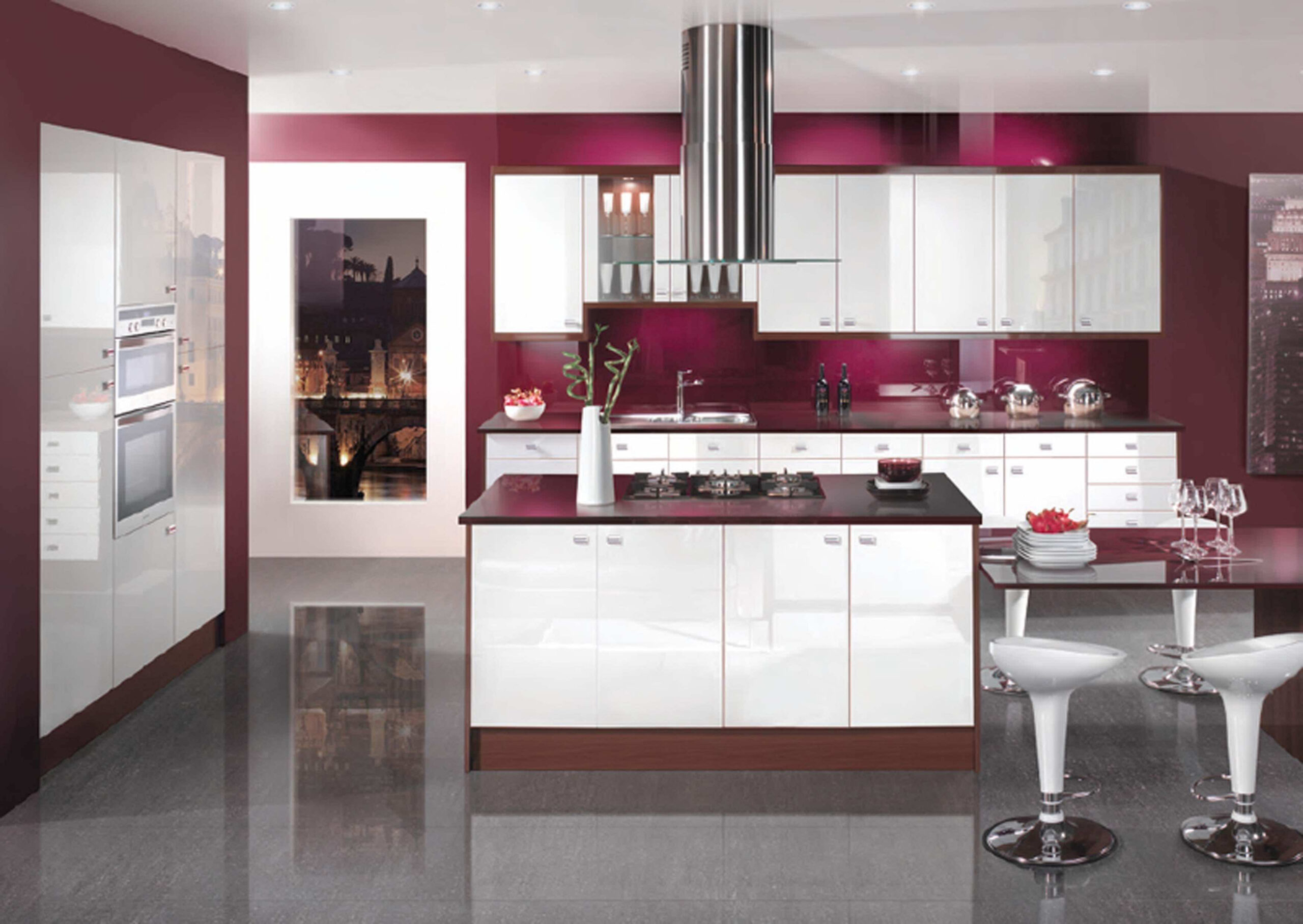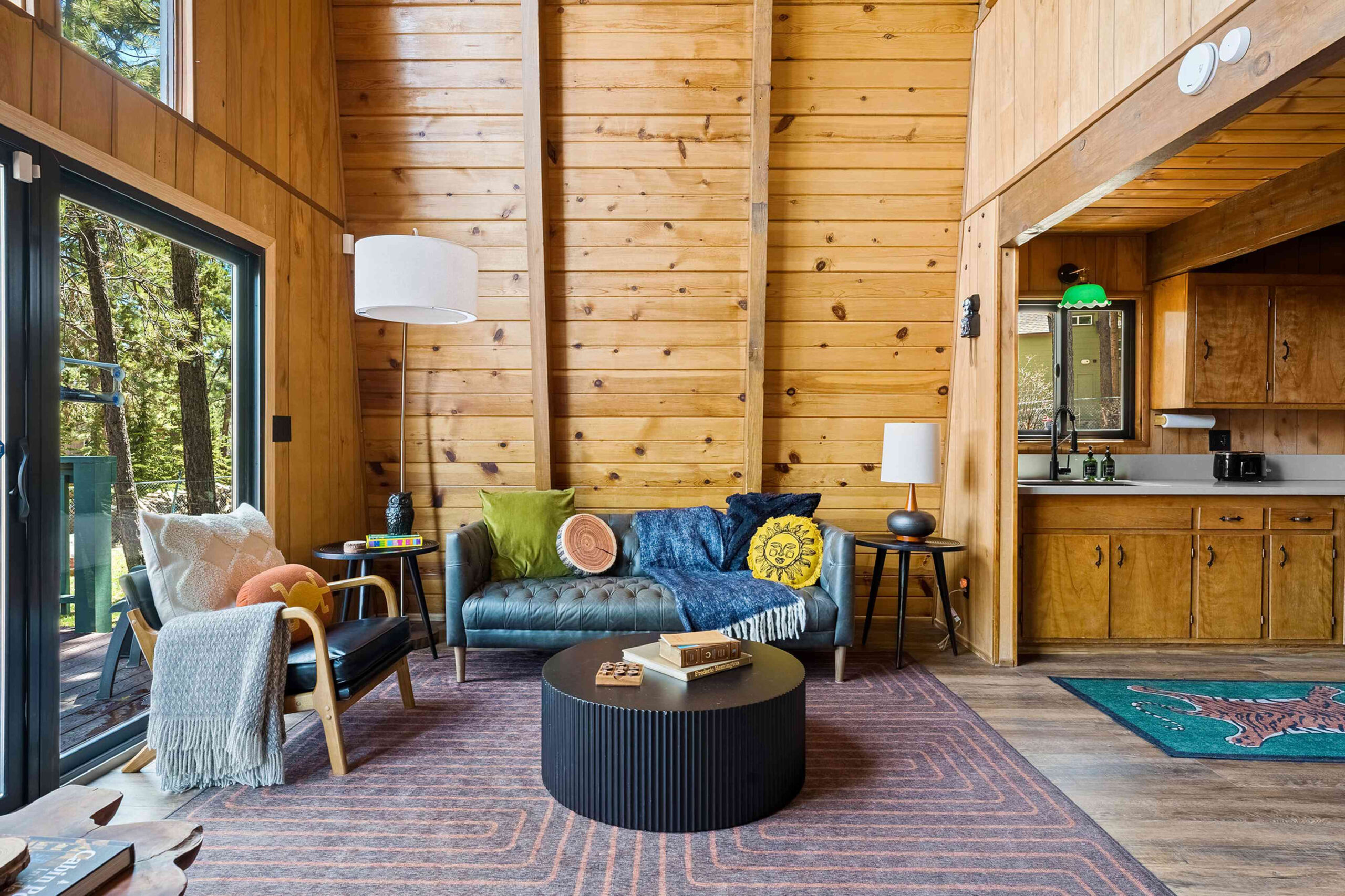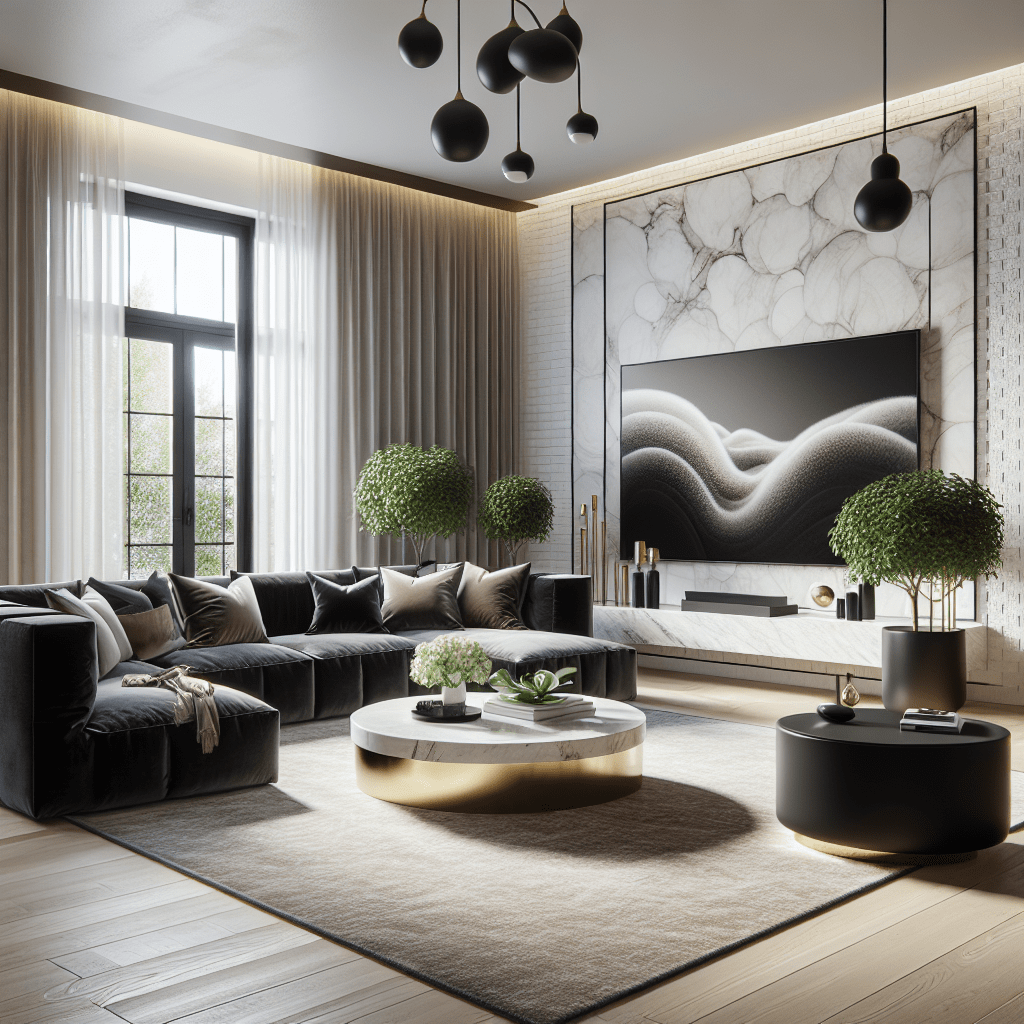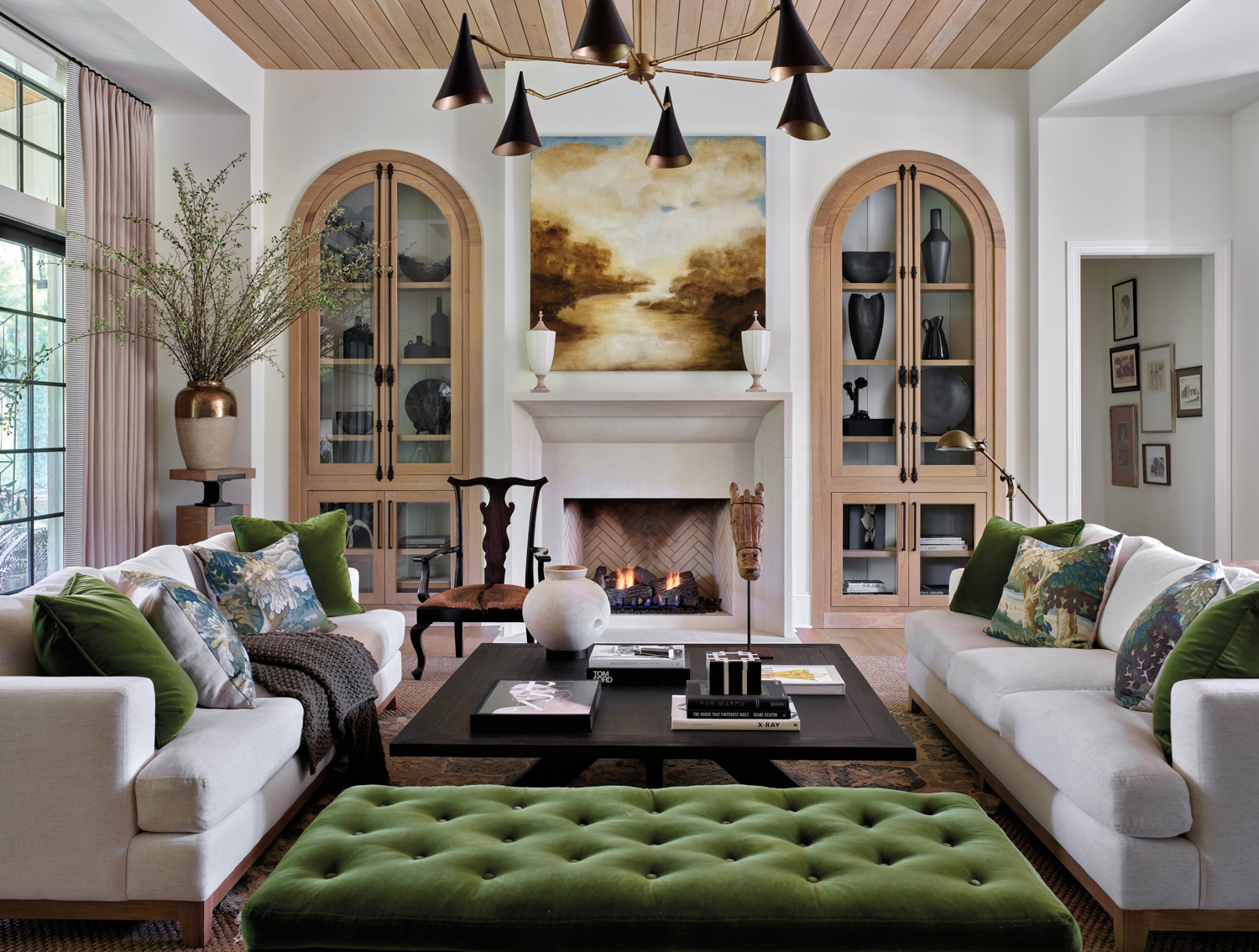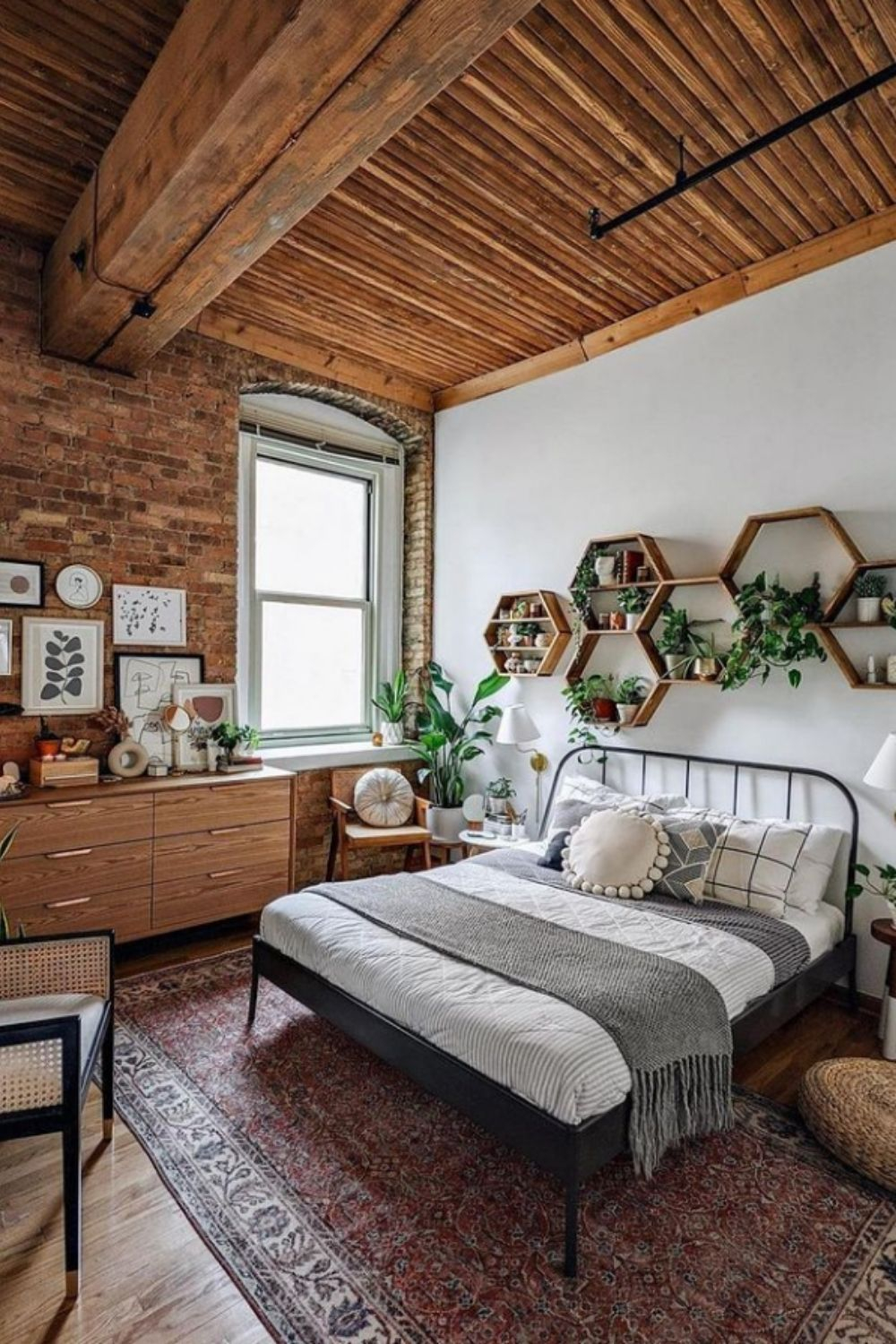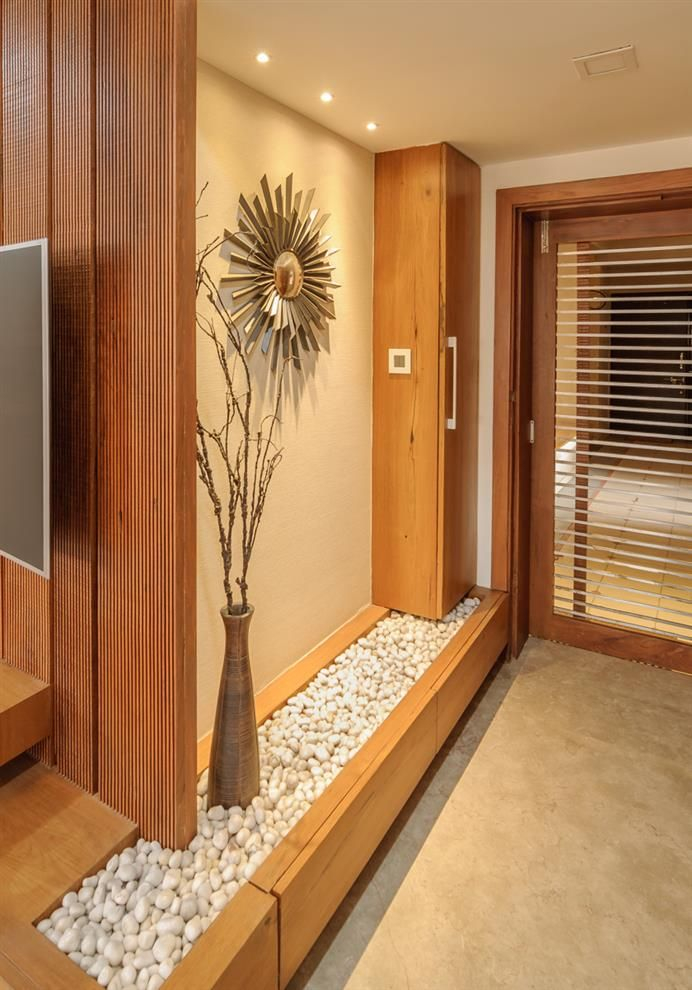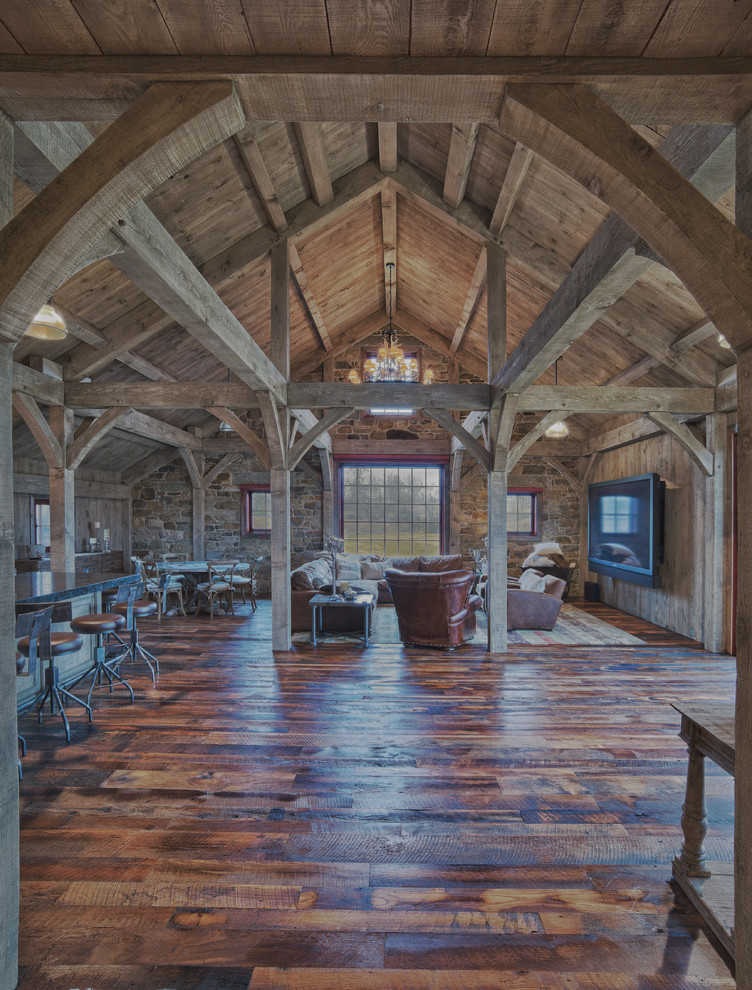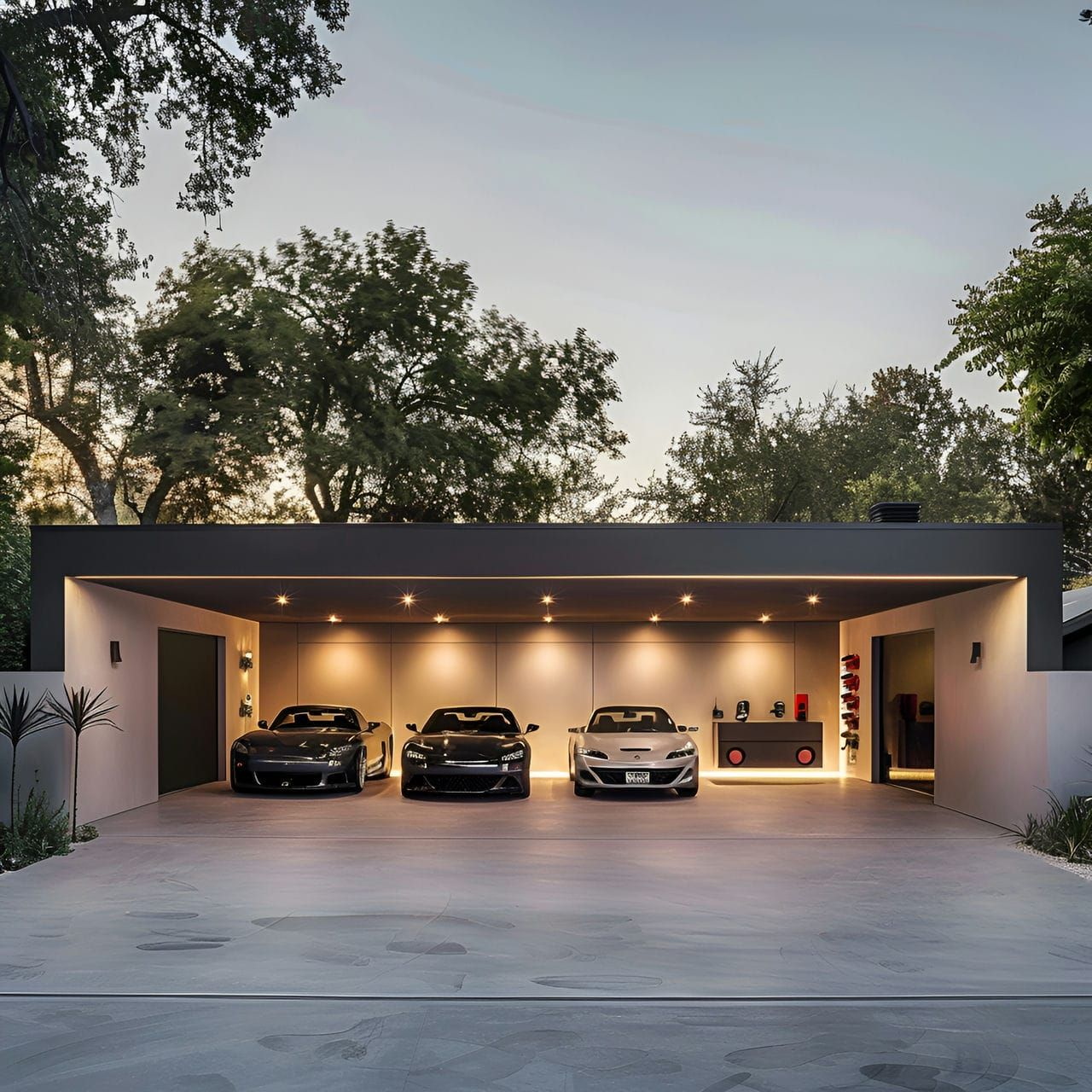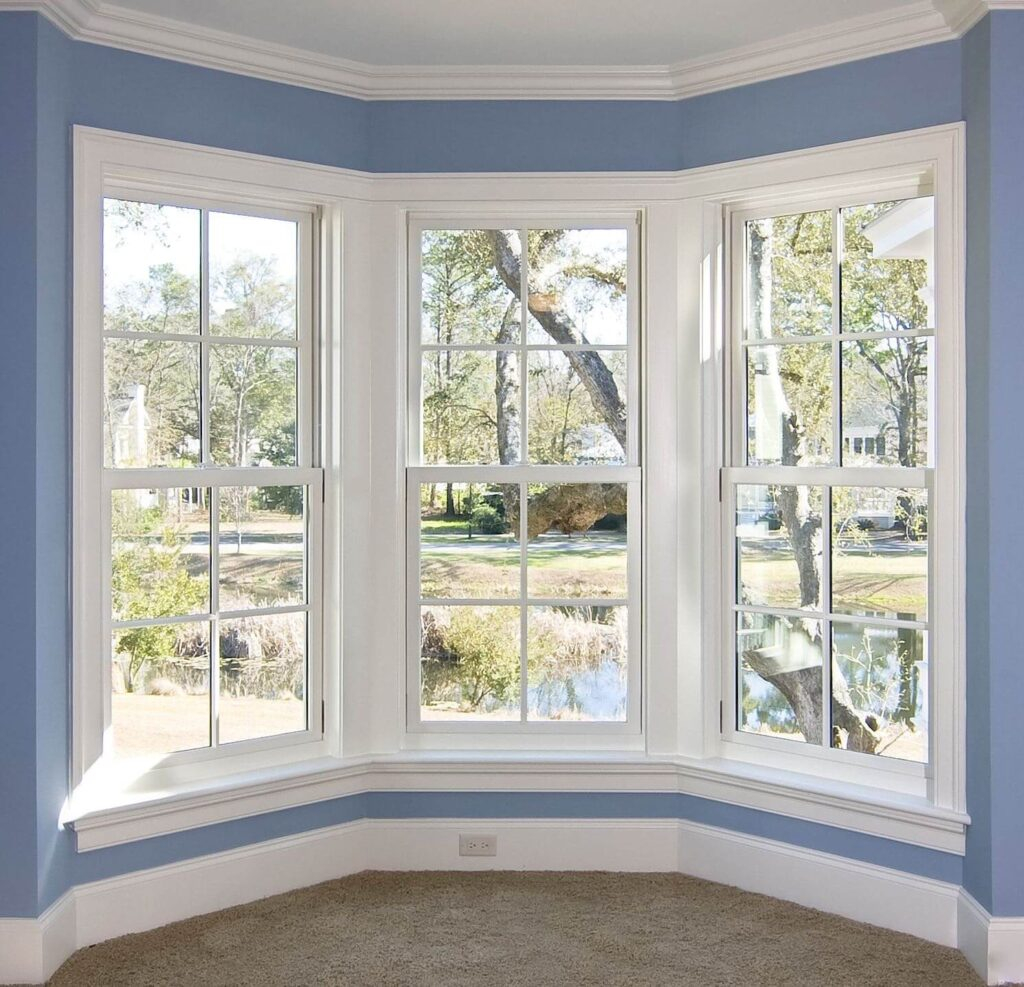We’ve all seen those stunning kitchen photos, right? The ones with gleaming countertops and perfectly placed decor. But what makes a kitchen truly great? It’s more than just aesthetics; it’s about how the space feels and functions when you’re actually in it, chopping vegetables, brewing coffee, or just chatting with family. Let’s dive into what really makes a kitchen a success.
The kitchen. It’s where meals are born, conversations flow, and memories are made. More than just a place to cook, it’s often the central hub of a household. So, getting the design right isn’t just about looks; it’s about creating a space that supports your life, day in and day out. But with so many choices – from layouts and materials to appliances and lighting – where do you even begin? Let’s unravel the art of creating a kitchen that doesn’t just look good, but genuinely works for you and your family.
The Foundation: Understanding Your Needs and Habits
Before a single cabinet is chosen, the most crucial step is to understand how you use your kitchen. Are you a gourmet chef who needs expansive prep areas and high-end gadgets? Or is it more of a coffee-and-toast zone, with occasional dinner parties? Think about your daily routine. Do you eat breakfast in the kitchen? Do kids do homework at the island? Who does most of the cooking and cleaning? Answering these questions helps steer every design decision, from the overall layout to the smallest detail. It’s about designing for your real life, not just an idealized version. For instance, if you frequently bake, you’ll want ample counter space near your oven and perhaps a dedicated baking station. If entertaining is key, consider a large island with seating and good flow from the kitchen to the dining or living area.
Layout is King: The Work Triangle and Beyond
The classic ‘work triangle’ – connecting the sink, refrigerator, and stove – is still a foundational concept for efficiency. Keeping these three points relatively close and unobstructed ensures that moving between prepping, cooking, and cleaning is seamless. However, modern kitchens often incorporate additional zones. Think about a baking zone, a coffee station, or a beverage center. A well-designed layout might feature an ‘L’ shape, a ‘U’ shape, or an island configuration, each with its own advantages. An island can provide extra counter space, storage, and casual seating, but it needs to be placed thoughtfully to avoid disrupting workflow or making the space feel cramped. Ensure there’s enough clearance – at least 36-42 inches – for comfortable movement, even when two people are working in the kitchen. Proper planning here avoids those frustrating moments of feeling like you’re constantly bumping into things.
Storage Solutions: Out of Sight, Out of Mind (Mostly)
A cluttered kitchen is rarely a happy kitchen. Smart storage is paramount. This means maximizing every inch of space. Think beyond basic cabinets. Pull-out shelves, deep drawers for pots and pans, corner cabinet solutions like lazy Susans or pull-out organizers, and vertical dividers for baking sheets can make a huge difference. Consider your pantry situation too. Is a walk-in pantry feasible, or would a well-organized cabinet pantry suffice? Don’t forget about specialized storage: spice racks, trash and recycling bins, and even appliance garages to keep countertops clear. Good lighting within cabinets and drawers also means you can find what you need without a struggle. It’s about creating a place for everything, so everything can be in its place.
Material Matters: Durability Meets Design
Choosing the right materials is a balancing act between aesthetics, durability, and maintenance. Countertops are a big one. Granite and quartz are popular for their beauty and resilience, but butcher block offers warmth and a different kind of charm (though it requires more upkeep). For flooring, consider durability and ease of cleaning; tile, luxury vinyl plank (LVP), and even sealed concrete are great options. Cabinet finishes can range from painted wood to laminate or thermofoil, each with different price points and looks. Backsplashes not only protect your walls but also add a significant design element. Think about how easy a material is to clean, especially in high-traffic areas. For example, a busy family might opt for a quartz countertop and a porcelain tile backsplash for maximum durability and minimal fuss.
Lighting: The Unsung Hero of Kitchen Design
Effective lighting can transform a kitchen. You need layers of light to create both functionality and ambiance. Ambient lighting provides overall illumination – think ceiling fixtures or recessed lights. Task lighting is crucial for work areas: under-cabinet lights are a game-changer for illuminating countertops, and pendant lights over an island can provide focused light and a decorative touch. Accent lighting can highlight architectural features or specific displays. Don’t forget dimmers. They allow you to adjust the mood from bright and functional for cooking to soft and inviting for a relaxed evening meal. Natural light is also incredibly valuable, so maximizing windows and perhaps even considering skylights can make a space feel more open and airy.
Appliance Integration: Form and Function
Appliances are the workhorses of the kitchen, so choosing the right ones is vital. Consider their size, energy efficiency, and how seamlessly they integrate into your design. Built-in appliances offer a sleeker, more cohesive look, while freestanding models can offer more flexibility. Think about your cooking style: do you need a powerful range, a double oven, or a specialized steam oven? Refrigerator configuration (side-by-side, French door, counter-depth) can significantly impact workflow and aesthetics. And let’s not forget the dishwasher and microwave – their placement should also support your kitchen’s layout. It’s often worth investing in quality appliances that will reliably serve you for years to come. Consider how often you’ll use a particular feature before splurging on it.
Designing a kitchen that truly works is an iterative process, blending personal needs with smart design principles. It’s about creating a space that is efficient, comfortable, and a reflection of your lifestyle. By focusing on your habits, optimizing the layout, investing in smart storage, choosing durable and beautiful materials, layering your lighting, and selecting the right appliances, you can craft a kitchen that is not only a joy to look at but also a pleasure to live and cook in. Remember, the best kitchens are those that feel effortless and intuitive, supporting the rhythm of your everyday life. So, take your time, plan carefully, and enjoy the process of bringing your ideal kitchen to fruition.

